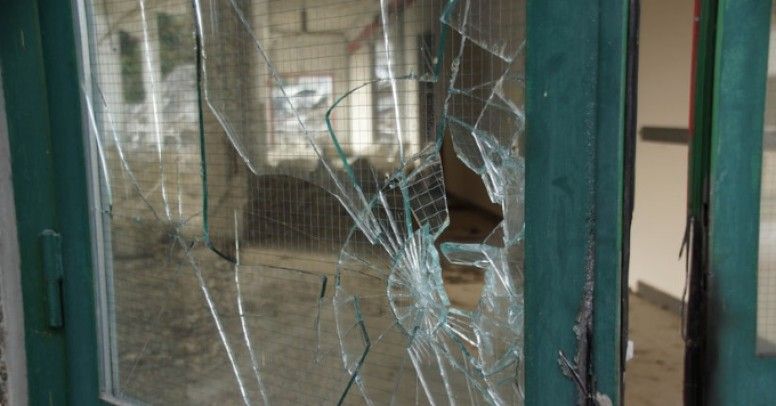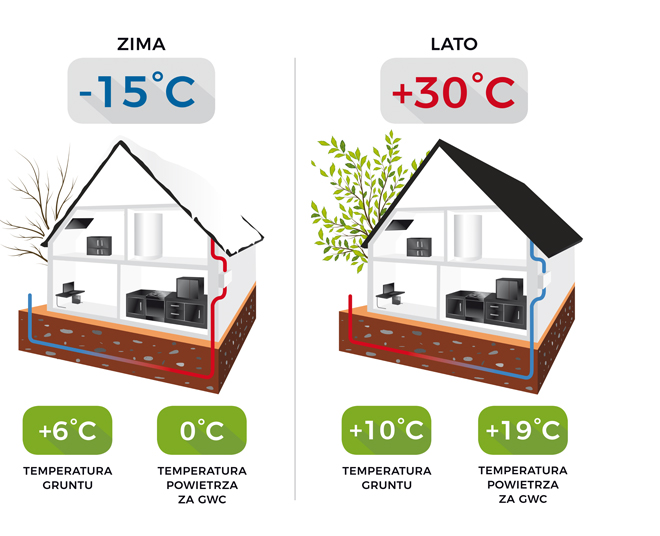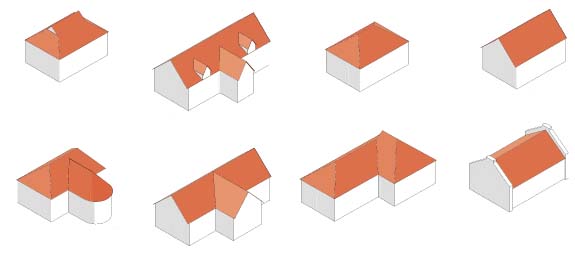 Jak obniżyć koszt okien do domu.
Jak obniżyć koszt okien do domu.
Pod koniec budowy stanu surowego stajemy przed zadaniem wyboru i zakupu okien do naszego domu. Spisujemy wymiary otworów okiennych, wysyłamy specyfikacje do sklepu – i ups, dlaczego to tak drogo wychodzi? Koszt okien do domu można obniżyć, zawsze będzie to jednak okupione jakimś kompromisem. Spróbujmy wypunktować, na czym warto a na czym nie warto oszczędzać.
1. jakość okien – zależy od źródła (producenta) i użytego materiału bazowego (profil, szklenie). Osobiście uważam, że nie warto brać okien od małych, lokalnych producentów – nie dysponują oni przeważnie ani najnowszym know-how ani nowoczesnym parkiem maszynowym. Oczywiście są tutaj wyjątki, ale jeśli nie jesteśmy pewni jakości – doradzam zakup u większego, ogólnopolskiego producenta. Jeśli chodzi o profil – nie warto brać najtańszych – pomijając parametry dotyczące przewodzenia ciepła mogą niemiło zaskoczyć jeśli chodzi o statykę czy trwałość mechaniczną. Podsumowując – często dobrym wyborem są profile ze średniej i wyższej (ale nie najwyższej) półki od uznanego producenta. Wszystko trzeba przeliczyć, ale przeważnie najdroższe profile mają zbyt długi okres amortyzacji, aby ich zakup można było uznać za racjonalny ekonomicznie.
2. ilość i wielkość okien – najłatwiejszy sposób na obniżenie kosztów, a przy okazji – poprawienia izolacyjności cieplnej budynku. Mniejsza ilość otworów okiennych z tańszymi oknami może nam dać taki sam efekt (izolacyjności cieplnej budynku) jak większa ilość z lepszymi. Więc zachowując takie same parametry wyjściowe można oszczędzić podwójnie. Jednak jest to okupione oczywiście mniejszą ilością światła w pomieszczeniach (norma mówi o tym aby szklenie było nie mniejsze niż 1/8 powierzchni podłogi w pomieszczeniu). Zwłaszcza osoby budujące pierwszy dom marzą o dużych przeszkleniach i dużej ilości światła, ale może warto by pomyśleć przynajmniej o pomieszczeniach typu kotłownia, garaż, pomieszczenie gospodarcze?
3. potrójny pakiet szybowy jest standardem w domu energooszczędnym, nie mówiąc o pasywnym. W pomieszczeniach wyeksponowanych na południe w przypadku pakietów szybowych ze średniej półki może się okazać, że okna jednokomorowe (z podwójną szybą) dadzą w skali roku podobny efekt jak okna dwukomorowe. Co prawda będziemy przez nie tracić więcej ciepła ale też i więcej zyskiwać w słoneczne dni. (Nie mówimy o drogich szybach, które jednocześnie mają niską przenikalność ciepła i wysoki stopień absorbcji ciepła z promieniowania słonecznego). Aby jednak tak było światło słoneczne powinno docierać jak najdłużej w ciągu dnia (czyli nic na zewnątrz – okapy, balkony, drzewa, domy) nie zasłania nam światła słonecznego. Warto też zastosować jakiś materiał naprzeciw okien wewnątrz domu, który akumulowałby to ciepło (np. kamienna, ciemna ściana)
4. profil przeważnie ma większą przenikalność ciepła od szyb. Dlatego im mniej profilu w oknie – tym lepiej. Okno jednodzielne zawsze będzie troszeczkę cieplejsze (a przy okazji tańsze) od dwudzielnego. Jednak uwaga – problemem może być szerokie skrzydło (niewygodne przy otwieraniu) i statyka okna (słaby profil może się wypaczyć pod dużym ciężarem pakietu szybowego).
5. okna nieotwierane – kojarzy się bardziej z witryną, ale w niektórych projektach naprawdę będzie pasować. Takie okno zawsze będzie cieplejsze i znacznie tańsze od okna otwieranego. W dobie wentylacji mechanicznej często taki wybór jest uzasadniony. Inny problem? Mycie okien.
6. szprosy – temat jest krótki – ich likwidacja likwiduje nam nieduży, ale nie pomijalny mostek termiczny i pozwala zaoszczędzić na wydatkach.
7. kolor – białe są znacznie tańsze od kolorowych, jednokolorowe są przeważnie tańsze od dwukolorowych. Dodatkowo biały kolor nie absorbuje ciepła słonecznego i tym samym zmniejsza ryzyko wypaczenia się profilu pod wpływem ciepła.
Ostatecznie wyszedł nam niezły „potworek” – jednodzielne, białe, niepodzielone szprosami i nieotwierane okna. No cóż, coś za coś, jak zawsze.







